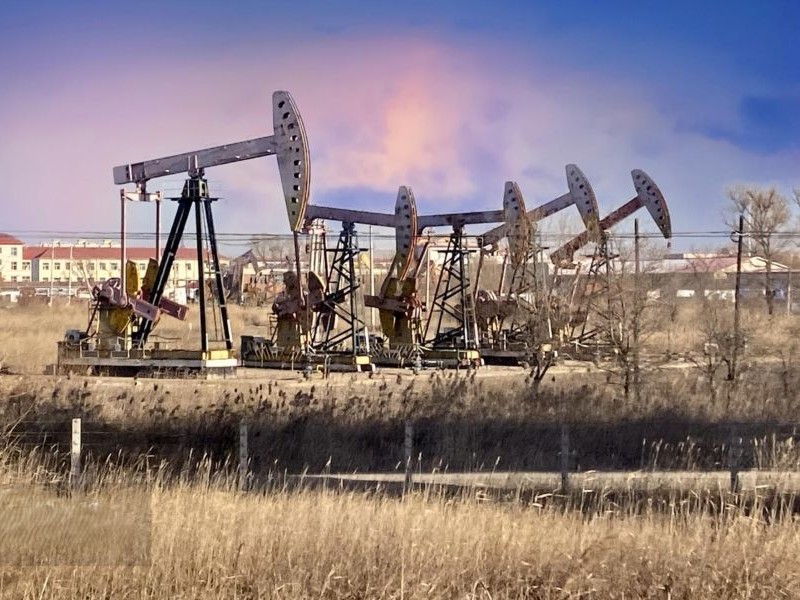From the perspective of the American market, the main shale oil production areas and oil sands mining areas are important application scenarios for sucker rod pump. As one of the highest-yielding shale oil regions in the world, a shale oil production area in the Americas, most oil wells are concentrated at a depth of 1500-3000 meters, and the formation fluid has a low sand content. Sucker rod pump relies on the simple structure of “ground drive-downhole drive” to efficiently complete crude oil lifting. At the same time, it has the advantage of easy maintenance-the maintenance cycle of a single well can be controlled at 4-6 hours, which greatly reduces downtime losses.The American oil sands mining area is facing the problem of high・viscosity crude oil extraction. After the flow channel is improved and the material is upgraded, the sucker rod pump can be adapted to crude oil transportation with a viscosity of more than 5000mPa-s by enhancing the suction capacity and wear resistance. It has become a common equipment for local unconventional oil and gas development.
In the Eurasian market, the application of sucker rod pump presents the characteristics of “multi-scene adaptation”. In some low-temperature oilfield blocks in Eurasia, the underground temperature is as low as -20℃ in winter. The specially designed low-temperature sucker rod pump can maintain stable operation at low temperatures by improving the seal material and the rod and column lubrication system. The proportion of conventional oil and gas reservoirs in many countries in Central Asia is high, and sucker rod pump has become the preferred equipment for small and medium-sized local oil fields due to its low initial input cost and low operating threshold. At present, the market penetration rate of sucker rod pump in this region has exceeded 60%. In Europe, in the land-associated oil fields around some offshore oil fields, sucker rod pump is combined with an automated monitoring system to realize remote working condition monitoring, which is in line with the intelligent trend of European energy development.

The African and Middle East markets are also inseparable from the support of sucker rod pump. Although the Middle East is dominated by high-yield self-injection wells, in the late stage of the development of old oil fields, as the formation pressure drops and the self-injection capacity weakens, sucker rod pum has become a “weapon for stable production”-the deployment of sucker rod pum in many old oilfield blocks in the Middle East has increased the recovery rate of a single well by 8%-12%. Some onshore oil fields in Africa are limited by infrastructure and operation and maintenance costs. Sucker rod pump, which has a simple structure and low failure rate, has more application advantages. Data from local oil companies show that the average trouble-free operation cycle of sucker rod pum can reach 8-10 months, which significantly reduces operation and maintenance investment.
Judging from industry trends, as global oil and gas development moves towards “cost reduction and efficiency enhancement”, sucker rod pum's technology upgrade has further broadened its application boundaries. The new corrosion-resistant sucker rod pump can be adapted to acidic oil and gas reservoirs containing hydrogen sulfide and carbon dioxide, while the lightweight pole and column design reduces the energy consumption of ground drive. These upgrades allow sucker rod pum to maintain an irreplaceable position in oil and gas fields with different geological conditions around the world.
In the context of the continuous development of the global sucker rod pum market, Tieling Dongsheng Petroleum Machinery Co., Ltd., which has been in the field of petroleum rod pump equipment for many years, relying on its deep understanding of different market needs and technical accumulation, is contributing to global oil and gas development with high-quality products and services, so that more regions can achieve efficient and stable oil and gas extraction.

